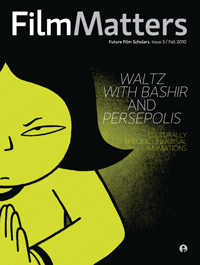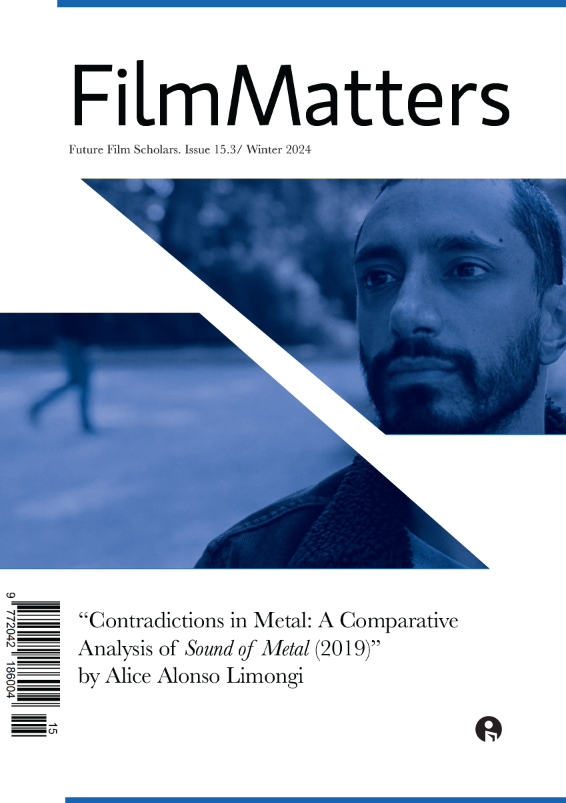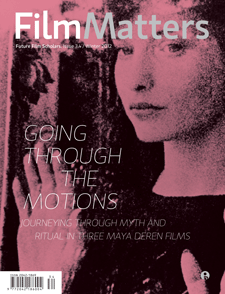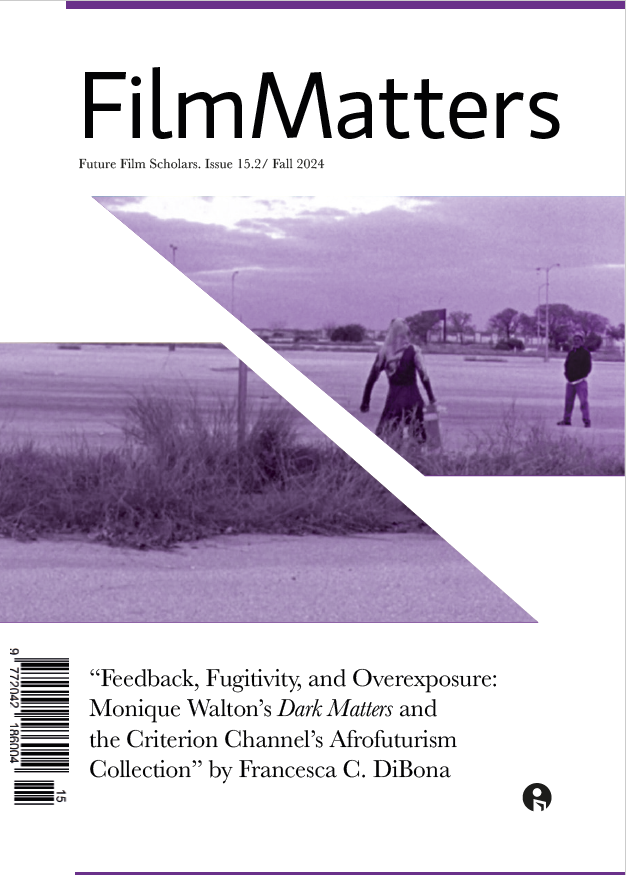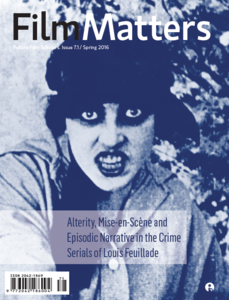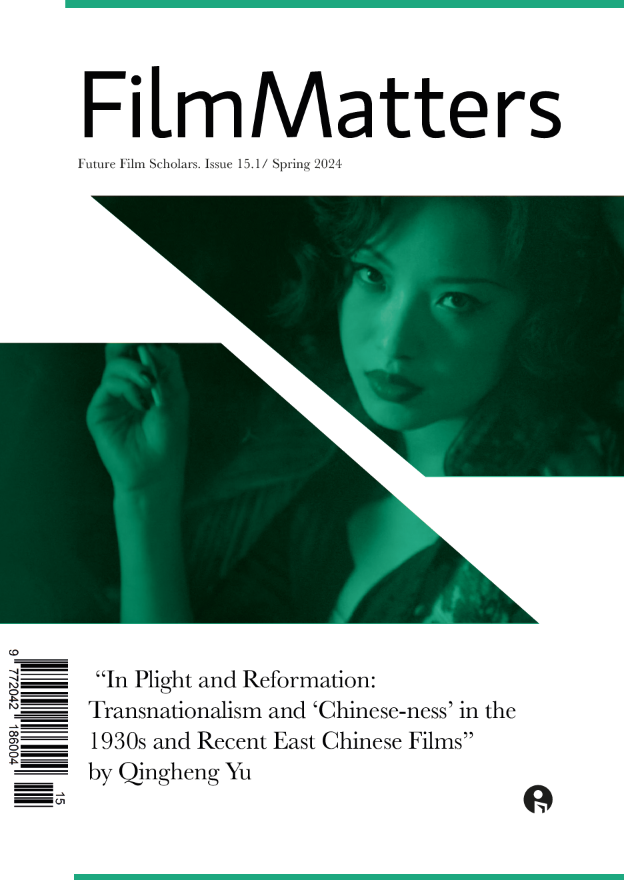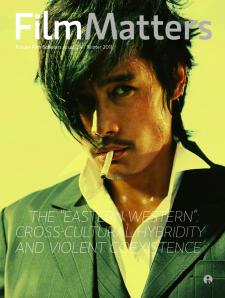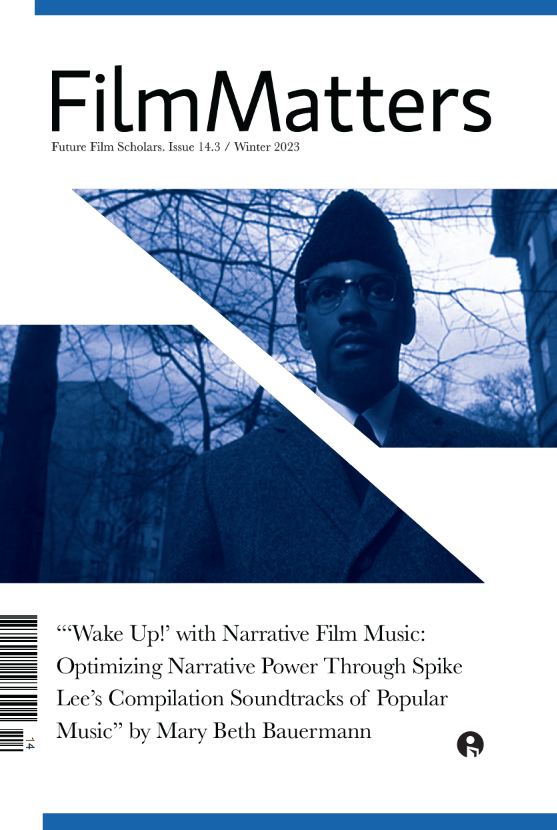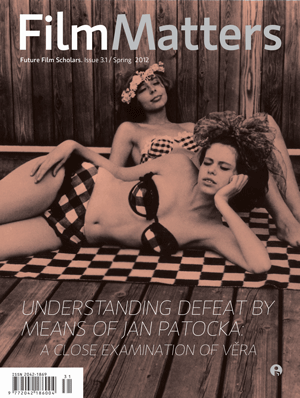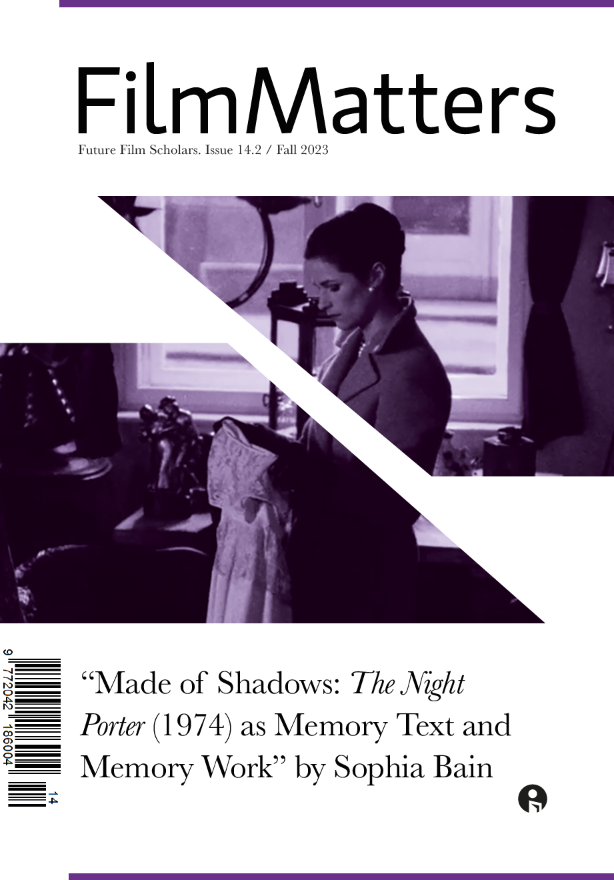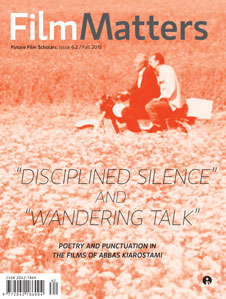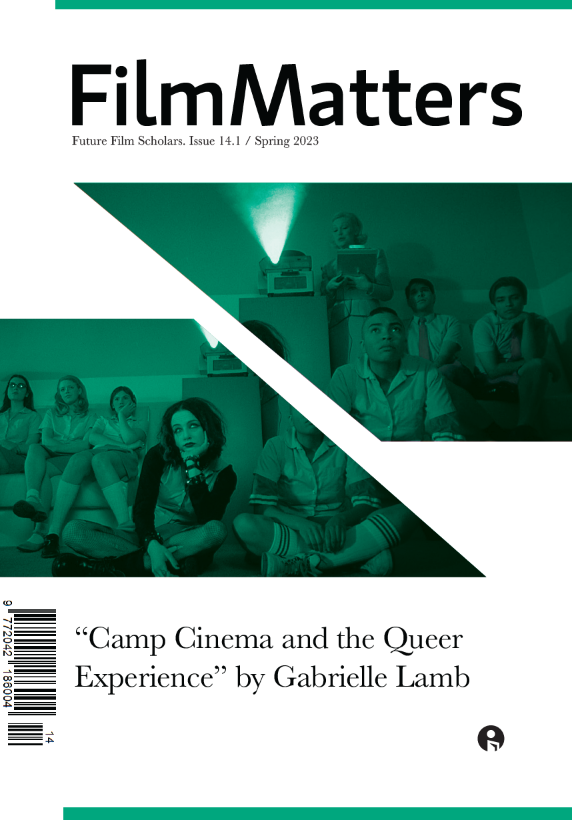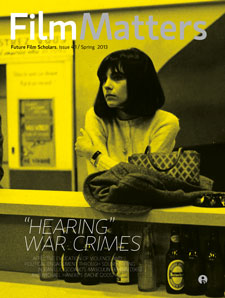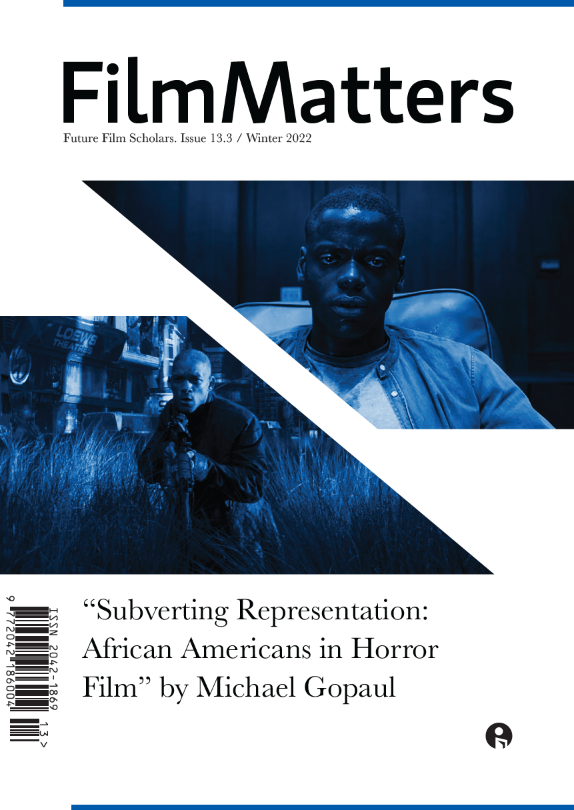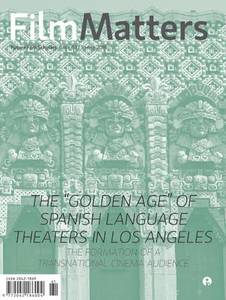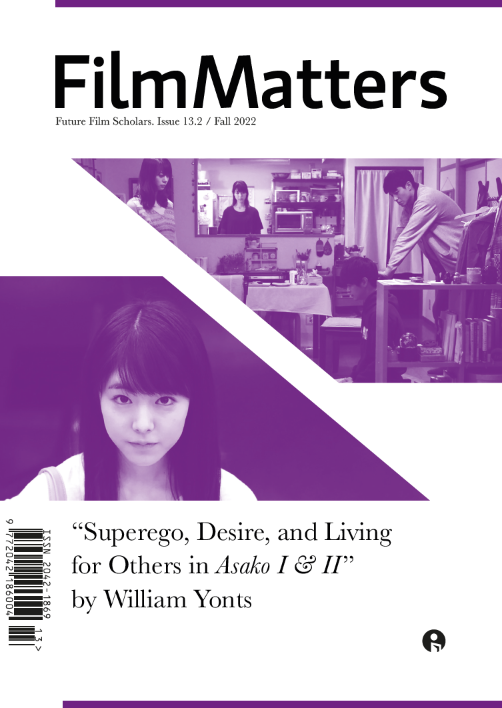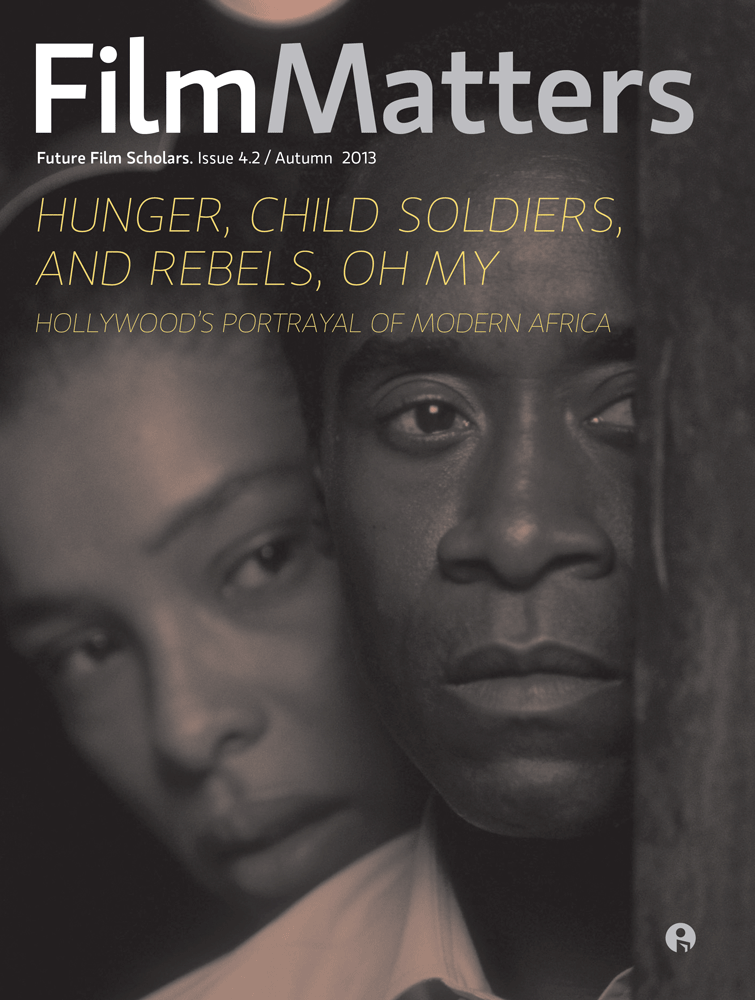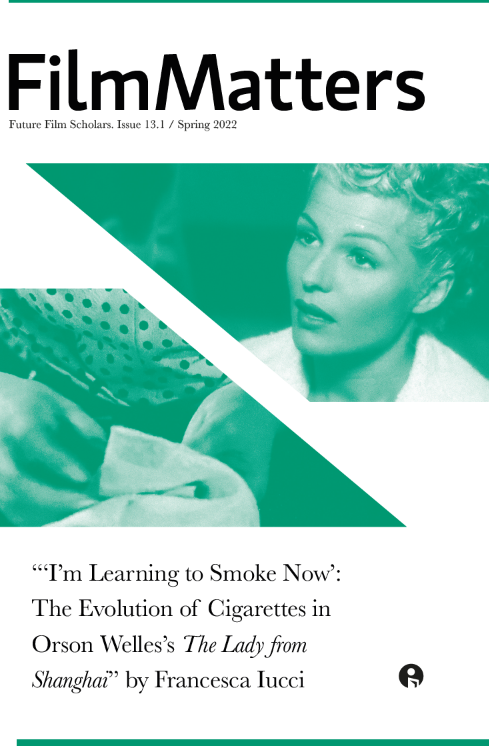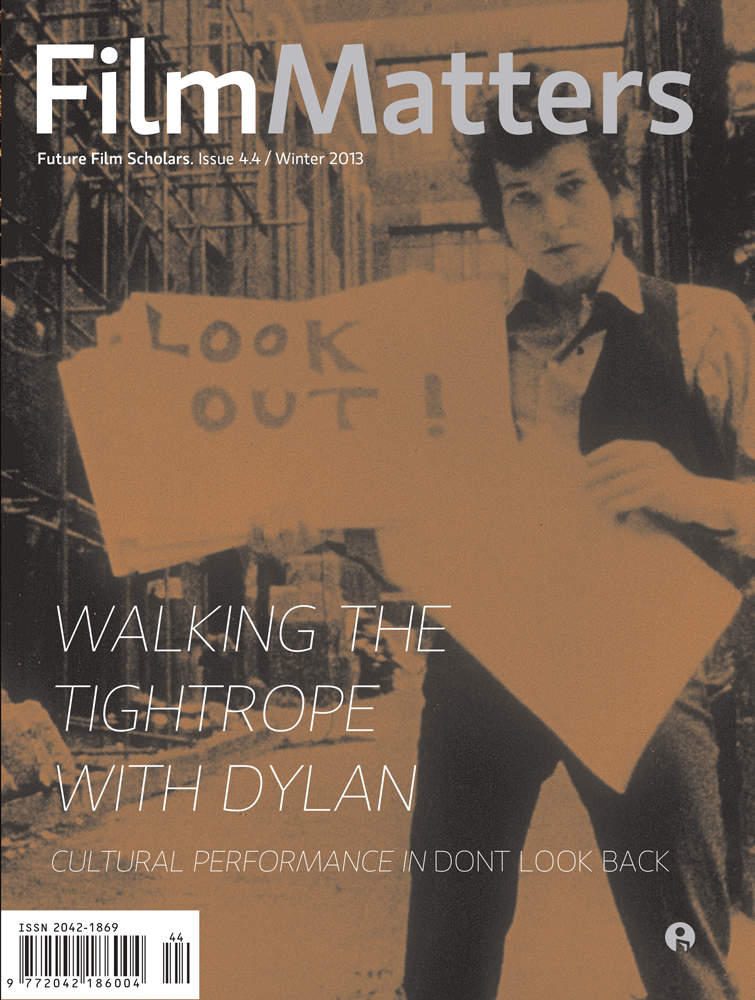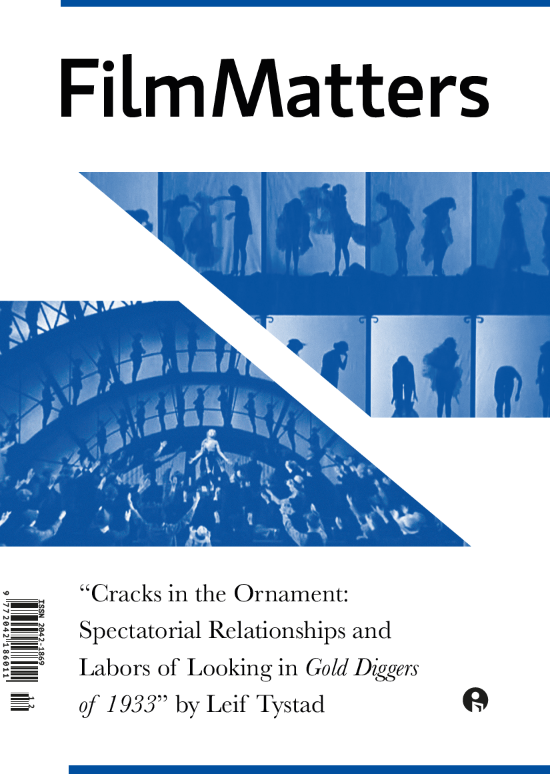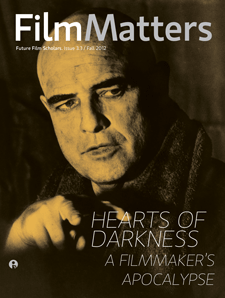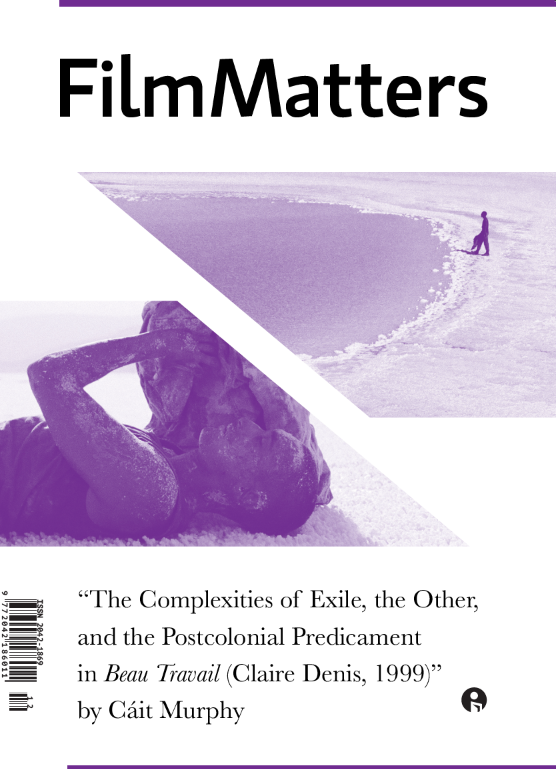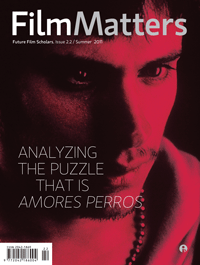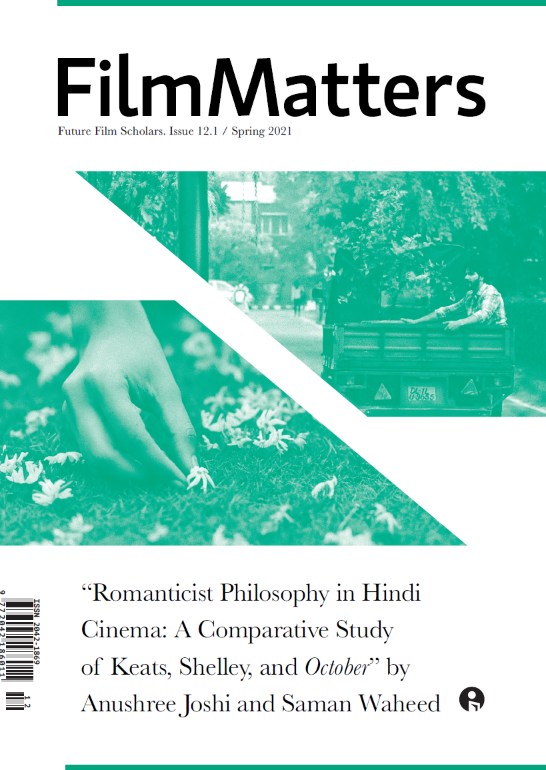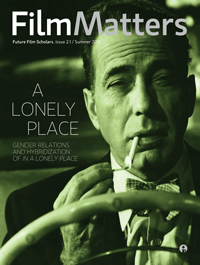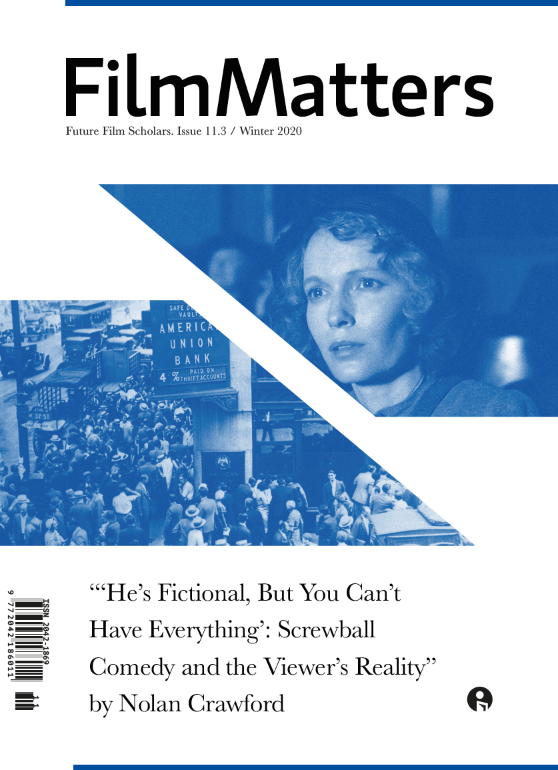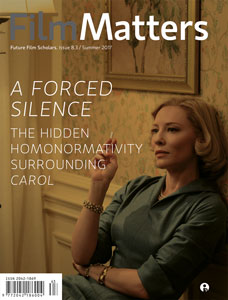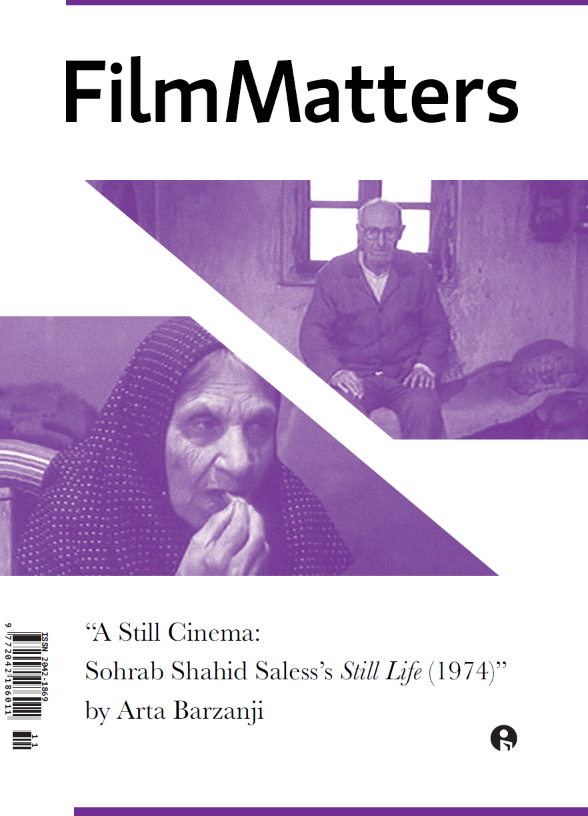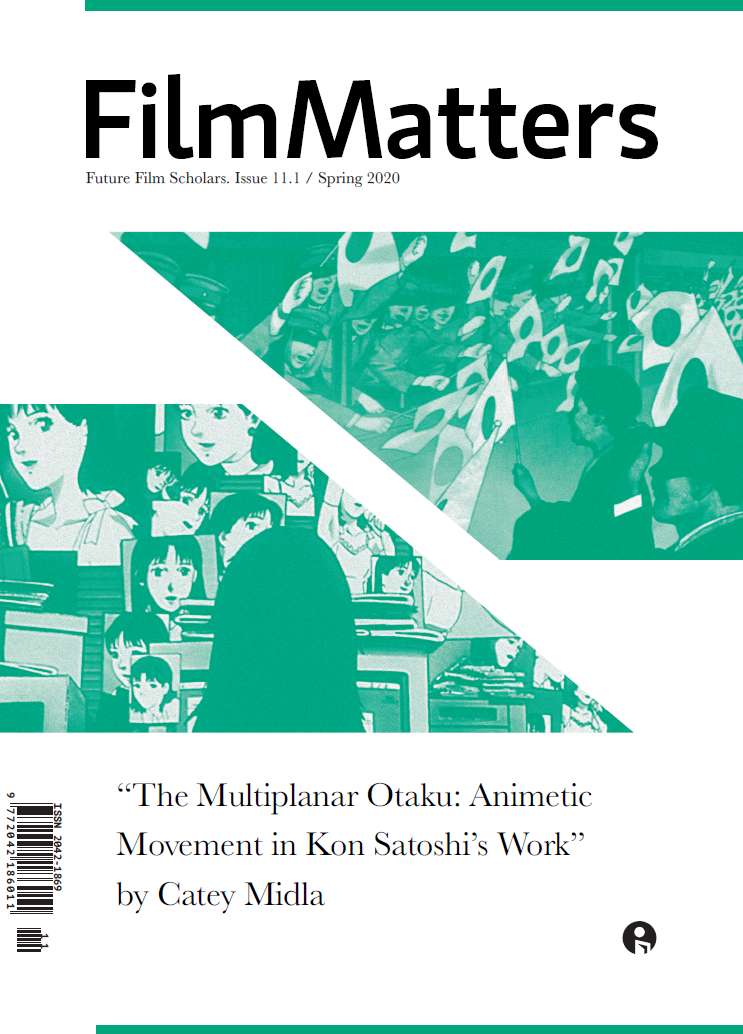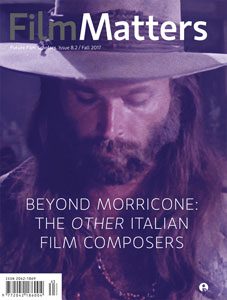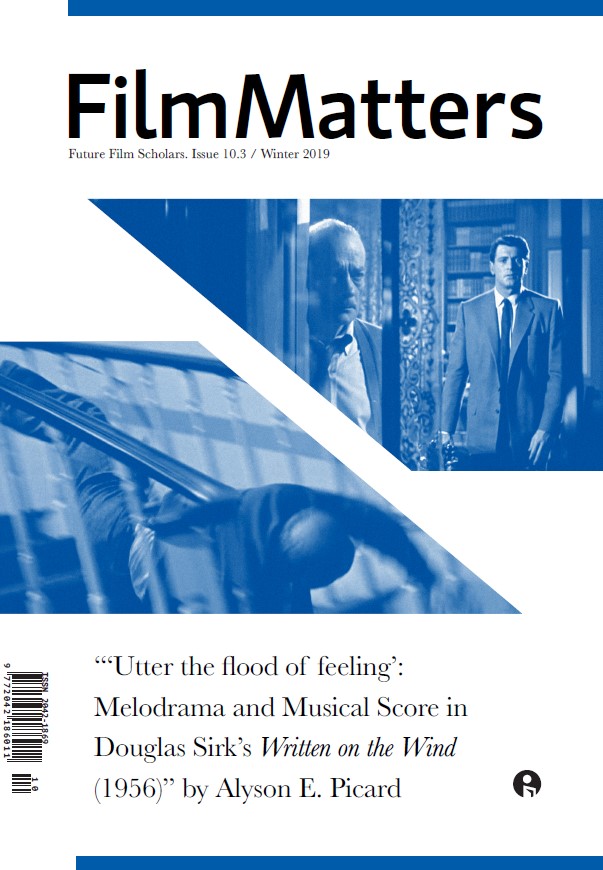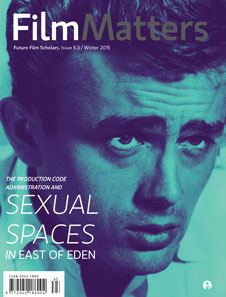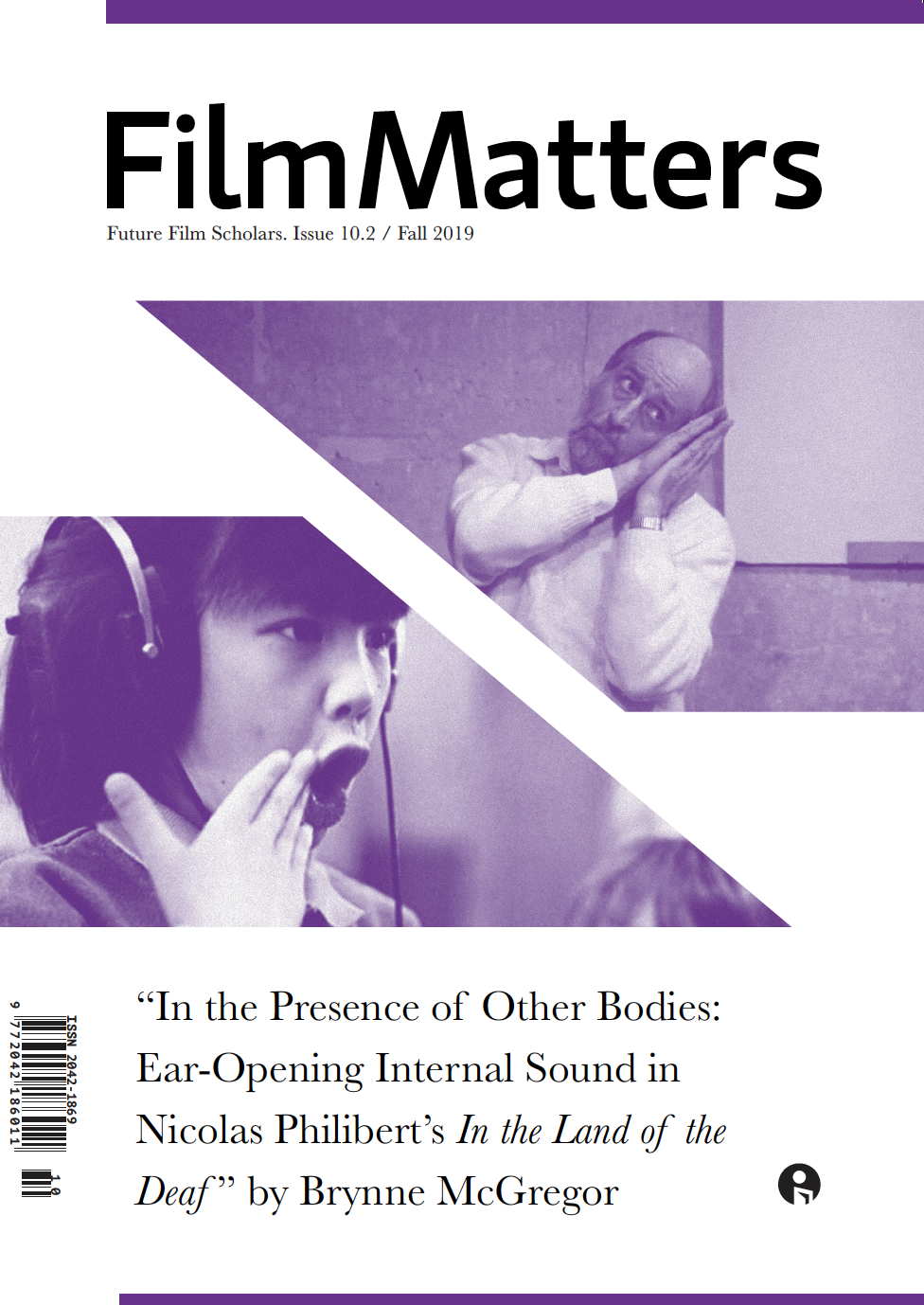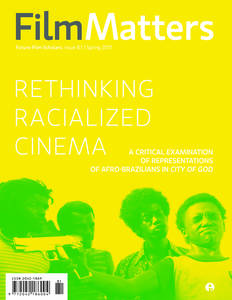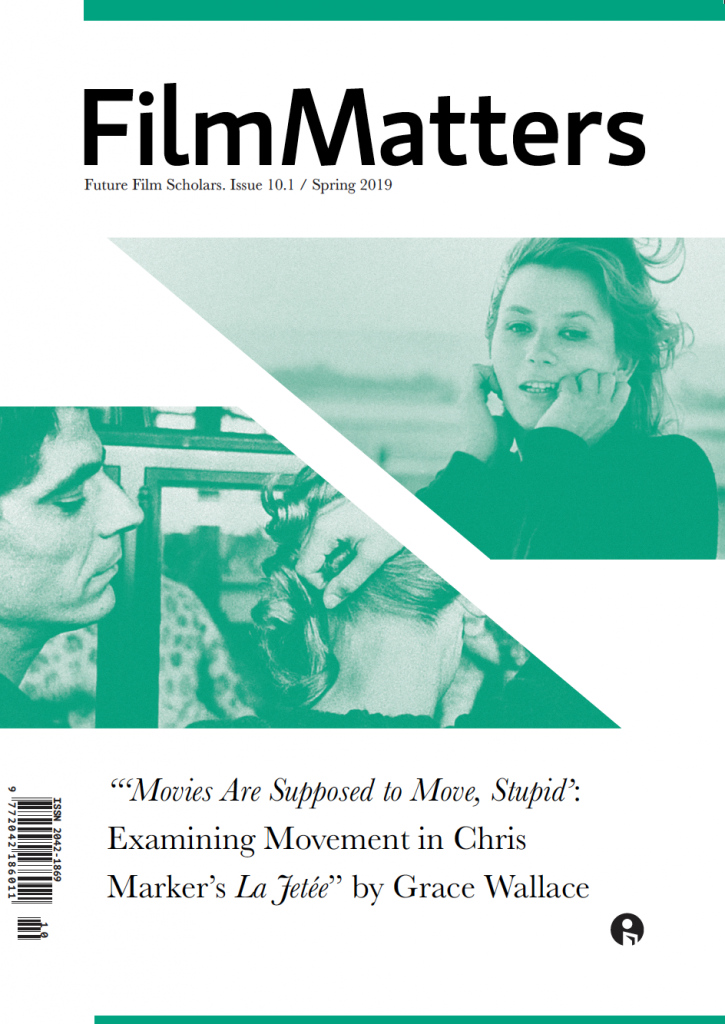Film Matters is actively seeking book and film/DVD/Blu-ray reviews by current undergraduate students for future print issues.
Continue readingCFP 17.2: “Excess”
Film Matters is pleased to announce Chapman University’s CFP 17.2 for their sixth special issue; this year’s theme is “Excess.” Submissions from undergraduates and recent graduates are encouraged for consideration in issue 17.2 (2026).
The deadline for submissions is February 1, 2026.
As a reminder, Film Matters is now using MLA 9th edition style, although we will still accept MLA 8th edition formatting — so please prepare your submissions accordingly. Purdue OWL’s MLA Formatting and Style Guide is an excellent resource to consult for help with this.
For more information about this call for papers, please download the official document (PDF):
In addition to your essay text file, submissions should now include our mandatory contributor intake form, which collects author and essay metadata, as a separate attachment; all other identifying information should be removed from the body of the essay text file, as well as the headers/footers, in order to aid the blind peer review process.
Submissions and questions should be directed to:
- William Yonts (wyonts@chapman.edu)
Please note that Film Matters does not accept submissions that are currently under review by other journals or magazines.
Undergraduates and recent graduates, please submit your film-related research papers today! Chapman University looks forward to receiving your papers!
Exploring the Human Experience Through Film: An Interview with Sonia and Miriam Albert Sobrino. By Holley Anne Brabble
Sonia and Miriam Albert Sobrino, also known as the ALSO Sisters, are two incredibly talented filmmakers and screenwriters. They bring their unique collaboration style to every project they pursue. This style has also resulted in success and acclaim from numerous film festivals. I was lucky enough to get the chance to ask them some questions about their work, worldview, collaboration, and perspectives on film.
HAB: Please tell me about yourselves and your films. What makes you distinctive as filmmakers?
ALSO Sisters: Like most people, we dreamed about filmmaking as kids, but we didn’t pursue it until adulthood, after already working in another career. We come from a humble background, and the arts never felt like a viable path. So, we trained and worked as nurses in Spain and Scotland, which shaped the way we approach filmmaking: hands-on, practical, and not the sit-in-a-chair kind of directing. We value collaboration, but we’re also not afraid to get our hands dirty, both literally and creatively.
This background made us proactive learners. We dove into camera and lighting departments early on so we could make professional-looking films with minimal resources; or scale up when the opportunity arises. That flexibility has helped us build work that functions in indie and larger productions alike.
While our films don’t literally center on healthcare, our past lives as nurses inform them deeply. They often feature characters in transitional spaces, caught between one chapter and the next; wrestling with something emotionally or spiritually cathartic. Thematically and stylistically, our work is shaped by what we’ve witnessed in real life. And while horror is our primary genre, we also venture into nonfiction and other narrative forms when the story calls for it. At the heart of it all is a desire to explore the human experience.
Continue readingWorking as a Team to Tell a Story: An Interview with Madou Elijah Diarrassouba. By Holley Anne Brabble
Madou Elijah Diarrassouba is a documentary filmmaker who started out as a college athlete before making the jump into the world of film. From his time as an athlete, he’s created a down-to-earth and determined work ethic that he uses to fuel his work. His documentaries tell unique and diverse stories. His recent project, Africa Told by Us, reframes the African American experience by highlighting and reconnecting to the rich cultures of several African countries. I recently had the opportunity to talk with him about his journey in the industry and his films.
Holley Anne Brabble: Tell me about yourself, your films, and your journey to get where you are now.
Madou Elijah Diarrassouba: My journey has been from athlete to artist. I played football at Appalachian and my first film project was while I was playing football. I did a documentary on one of my teammates, Demetrius Taylor, who then went on to play for the Lions in the NFL. We did a documentary that kind of discovered the two complex worlds that an athlete typically lives in, on and off the field. It’s called The Hidden, put together during the peak of COVID, and the film did great once we released it so that’s what I would say kind of sparked my filmmaking career.
Continue readingMedia Literacy and the Avant-Garde: An Interview with Mirian Tavares. By Holley Anne Brabble
For many, the study of avant-garde film is an intimidating and hard-to-navigate field. When it comes to this kind of cinema, it’s easy to feel out of your depth, but that doesn’t mean there isn’t much beauty to discover and be had if one is willing to look closer. Professor Mirian Tavares is one those people who has taken a closer look. Focusing on avant-garde cinema from the 1920s-1990s, Professor Tavares has a deep understanding of this cinema as well as other topics. I was lucky enough to be able to ask her some questions about her work with film as well as her more recent publications.
Holley Anne Brabble: Please tell me about your work with avant-garde cinema.
Mirian Tavares: I began working with the historical avant-garde during my doctoral studies. My thesis was dedicated to Luis Buñuel’s early films (Un Chien Andalou, L’Age d’Or, and Las Hurdes), relating them to the Spanish avant-garde (Generation of ’27) and the French avant-garde. My thesis was later turned into a book, in which I analyze all the avant-garde movements in their relationship with cinema.
Continue readingMulticultural Heartbreak and Hilarity: Carmen & Bolude (2025). Reviewed by Holley Anne Brabble
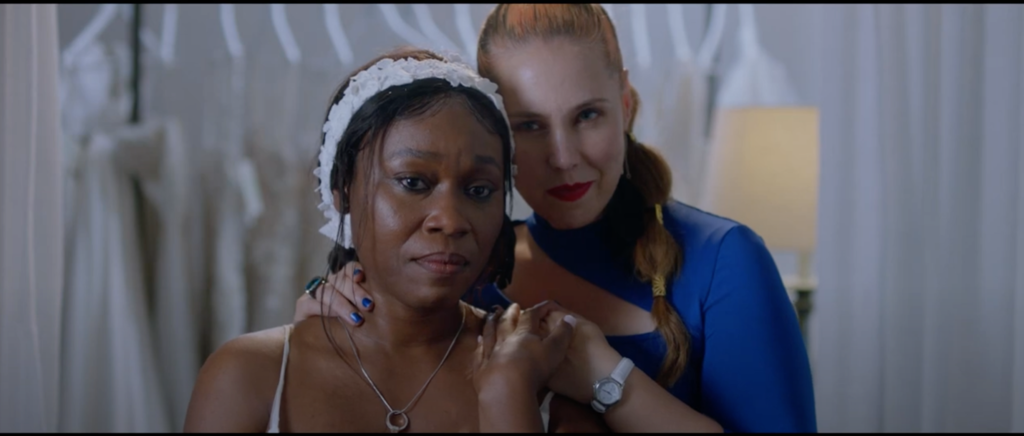
Quick-paced and quick-witted, Carmen & Bolude (2025) is both a lighthearted good time and a deeply introspective watch. The film uses comedy to showcase a deeply multicultural world and all its nuances. The result is an exploration of themes like identity, heritage, culture, and community, while also presenting an entertaining tale of friendship and family.
Continue readingThe Cinema Within (2024): Looking for the Magic in the Cut. Reviewed by Holley Anne Brabble
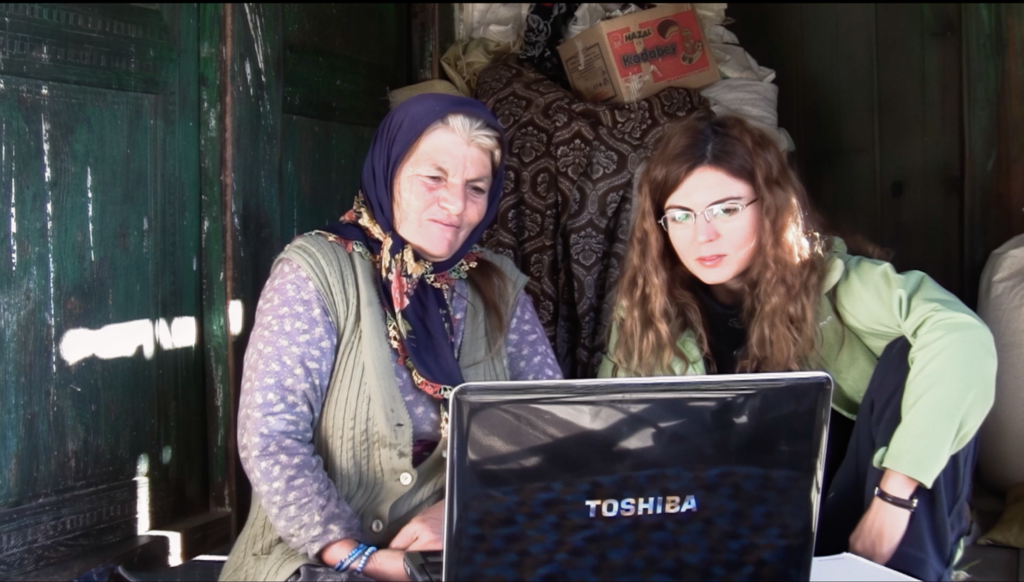
When you watch a movie, how often do you notice a cut? You might be surprised to learn that unless your answer is every few seconds then you hardly ever notice a cut at all. This is because film editing has developed over the years to mask most cuts until they are almost invisible. This style of editing — called continuity editing — is the standard by which most films have been edited for decades. The Cinema Within takes a closer look at this editing approach, peeling back the layers of the invisible to discover the psychological.
Continue readingCFP 17.3 (Open Theme)
Film Matters is pleased to announce an open call for papers from current undergraduates, authors who have been invited to revise and resubmit previous submissions (including authors who did not make it past our prescreening for a previous call), and recently graduated undergraduates for consideration in issue 17.3 (2026).
The deadline is September 1, 2025.
As a reminder, Film Matters is now using MLA 9th edition style, although we will still accept MLA 8th edition formatting — so please prepare your submissions accordingly. Purdue OWL’s MLA Formatting and Style Guide is an excellent resource to consult for help with this.
For more information about this call for papers, please see the official document (PDF):
In addition to your essay text file, submissions should now include our mandatory contributor intake form, which collects author and essay metadata, as a separate attachment; all other identifying information should be removed from the body of the essay text file, as well as the headers/footers, in order to aid the double-blind peer review process.
Submissions and questions should be directed to:
- futurefilmscholars AT gmail.com
Please note that Film Matters does not accept submissions that are currently under review by other journals or magazines.
We look forward to hearing from you! Submit your film- and media-related research papers today!
Streets of Colour (2023) and the Never-Ending Recovery. Reviewed by Holley Anne Brabble
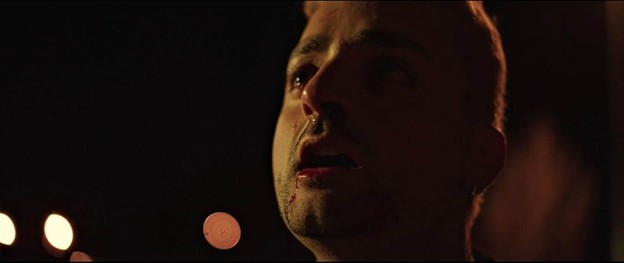
Streets of Colour is a film that knows its identity and wastes no time in showcasing that identity to the audience. The film depicts a number of complex issues, such as interracial relations, community, generational trauma, and grief. The film never shies away from portraying these struggles, but also manages to keep itself afloat, never getting bogged down in its own subject matter. What’s left is a film with a very clear path and message from the very opening scene.
Continue readingEmotional Honesty and Socially Conscious Storytelling: An Interview with Mehmet Kaynar. By Holley Anne Brabble
In the world of film, it could be said that none are more recognized than the faces we see on our screens. Actors capture audience attention through their incredible craft, bringing characters and emotions to life. Mehmet Kaynar is one such actor. Having worked on multiple projects, such as Asylum (2015), and in multiple countries, Kaynar has a deep insight in the film industry. I had the pleasure of interviewing him via email. I wanted to know how he approaches his work and what his experience in the field has taught him.
Holley Anne Brabble: Please tell me about yourself.
Mehmet Kaynar: I’m an actor and writer, and originally from Turkiye (as Turkey was known before). I first moved to San Diego in 2000 to improve my English, and later relocated to Hong Kong, where my professional acting career began. My first film was The Hades, and a few projects later I starred in Asylum, my fourth film, which won Best Feature Film at the Los Angeles Film and Script Festival in 2015. I returned to San Diego in 2019 to further my education, earning degrees in Acting and Musical Theatre from Grossmont College. I’m currently preparing to transfer to San Diego State University to complete my bachelor’s degree in Theatre. To date, I’ve acted in over seventeen films and published my first book in 2017. My goal is to continue pursuing creative work that inspires reflection, challenges perspectives, and connects across cultures.
Continue readingAndrew Roberts, Author of FM 15.3 (2024) Article “The Trans-Terminator: Glitch Feminism in We’re All Going to the World’s Fair (2021)”
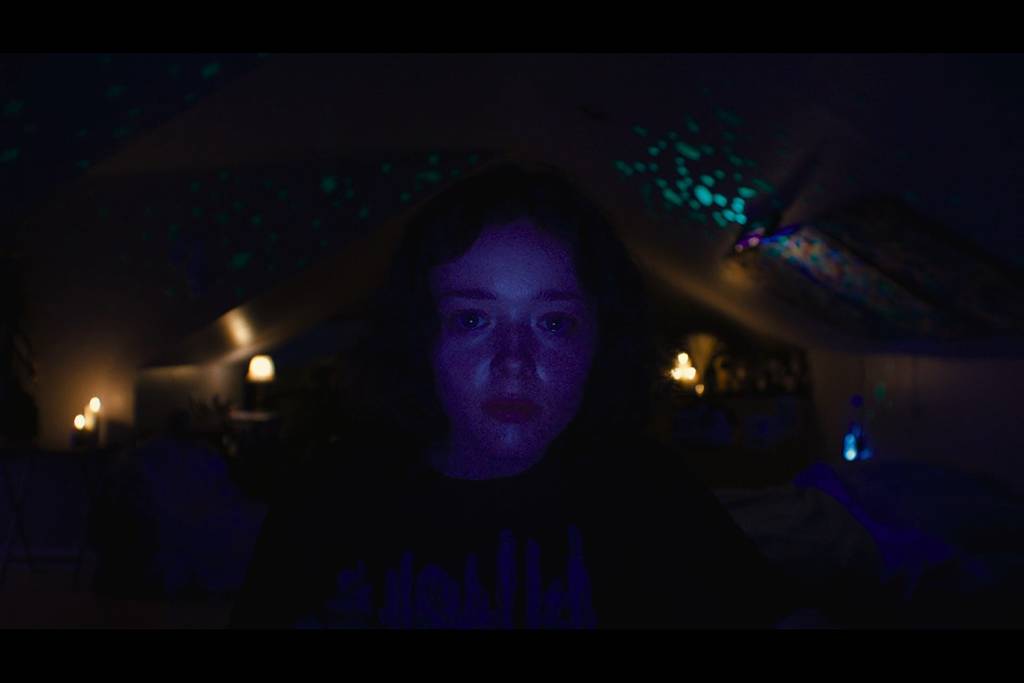
Film Matters: Please tell us about your article that is being published in Film Matters.
Andrew Roberts: My article uses Jane Schoenbrun’s film We’re All Going to the World’s Fair (2021) as a framework for discussing how openly trans content creators online use different platforms to explore their gender identities. I used the research of gender theorists such as Legacy Russel, Eliza Steinbock, and Jenny Sundén, who each have their own ideas regarding how identity changes and evolves online as if it were a technological machine. The film’s main character, Casey, explores her identity through the viral horror game The World’s Fair.
Continue reading




